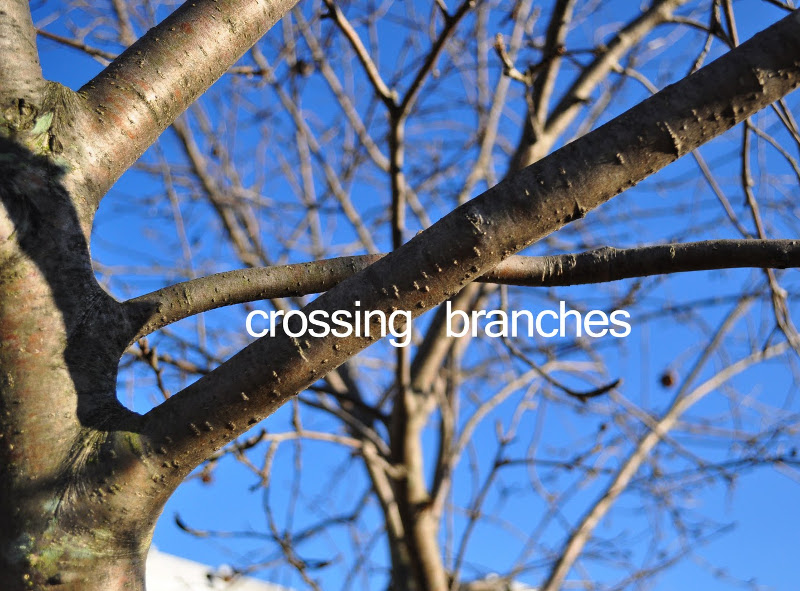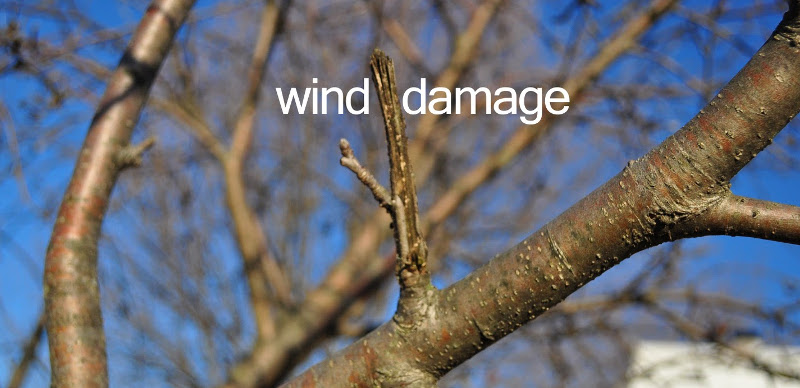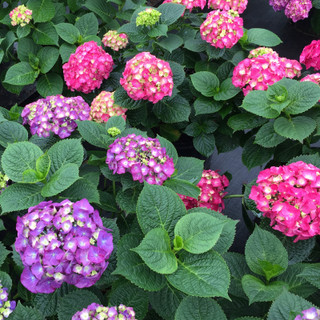If you are anything like us, you hate pruning. In fact, most gardeners don't do it as often as they should and most of the pruning is more of "I want cut flowers inside the house". It is hard to do because we hate cutting off a limb or branch after the plant did all that work to get it there.
Good pruners are 1 of 3 essential gardening tools for beginners. You should avoid the cheap store brand pruners and even the smaller "packs" of garden gear from big name companies. Buy a solid pair of sharp pruners. Make sure they are bypass, not anvil pruners (You want to make clean cuts, not crush your stems).
WORD of CAUTION!!! The rule of thumb in gardening is to prune things that bloom in the summer in early spring. Prune things that flower in the spring after they flower and the blooms fade away. If you prune your forsythia, lilac, and magnolias and all of those other wonderful spring blooming lovelies, you will be cutting off the blooms. However, cutting those branches in late winter to force them into bloom inside is perfectly acceptable! If you don't know which of your plants bloom when, go ahead and wait a year, watch them and write down what you observe.
Main Ways To Prune Shrubs
Rejuvenation Pruning - this typically involves cutting quite a bit of the plant back, for optimal branching and overall health of the plant.
Trimming - generally trimming is more to keep the size of the plants in check, e.g., shaping a hedge or keeping a plant to a specific size.
Deadheading - this is cutting the old flowers that are fading away off the plant. This helps encourage the plant to spend energy making more flowers and foliage.
Another way of pruning is cutting the flowers off for bouquets. Make sure to make 45 degree angled cuts, above a bud facing outwards when you cut flowering branches or blooms from woody plants.
Maintenance Pruning - Of course, you can cut off dead or sick branches and parts of the shrubs off at any time throughout the year.
Basics of Pruning Shrubs
Pruning can be complicated, or it can be fairly simple. Here are the basics to do a good job...doing a great job takes many years of practice, an artistic eye and lots of studying.
1. Prune from the bottom of the plant.
2. Prune to open up the inside.
3. Prune to eliminate crossing and damaged branches.
4. Prune out anything dead, sick or really brown.
Those are the basics....here are the details!
You need to look for crossing branches, damaged branches and dead or brown branches.
Example Of A Crossed Branch

Example Of Wind Damaged Branches To Prune

Once you identify the branches to cut, you need to cut to make the plant open up inside and grow outwards. So, you want to cut just above (about 1/4 inch) a new bud that is facing outwards. Otherwise, the plant will grow back into itself and crowd its center. The center needs to allow air in to circulate, and branches need to grow out to reach sunlight.
This cut is too far away from the bud:

When you are cutting a branch completely off from the trunk, you should cut at a 45 degree angle about 1/4 of an inch from the trunk.

You should also look out for suckers that are not producing fruit and sucking energy from the plant. They are thin branches growing up directly from the ground. Cut them off as close to the ground as possible.
A note on suckers....they grow from trees and other woody plants and zap energy from the plant. Fleshy perennials however, multiply this way, so if you want new daylilies and iris babies and such, don't cut them away! Just cut out the suckers from your fully grown trees and roses if you are unsure about what kind of plant you are dealing with it.
If you would like specific and detailed information on pruning the shrubs in your garden, click on the links below. Let us know if you have any questions at the bottom of the page as well!
This page contains affiliate links to products on Amazon. We may receive a commission for purchases made through these links.
Pruning Questions?
 |
Author Chris Link - Published 10-26-2021 |

 Pruning Arborvitae
Pruning Arborvitae Pruning Azaleas
Pruning Azaleas Pruning Boxwood
Pruning Boxwood Pruning Butterfly Bushes
Pruning Butterfly Bushes Pruning Gardenias
Pruning Gardenias Pruning Hollies
Pruning Hollies Pruning Hydrangeas
Pruning Hydrangeas Pruning Lilacs
Pruning Lilacs Pruning Loropetalum
Pruning Loropetalum Pruning Ninebark
Pruning Ninebark Pruning Roses
Pruning Roses Pruning Spirea
Pruning Spirea Pruning Viburnum
Pruning Viburnum